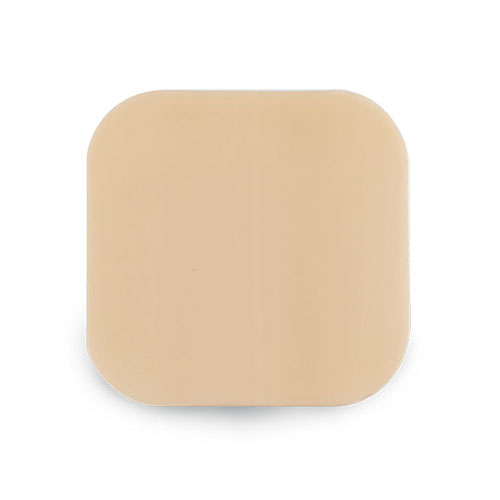News Categories
The traditional dressing is mainly dry gauze and oil gauze, with the wet healing theory widely accepted by the clinical, Advanced wound dressing has been widely used, then what kind of Advanced wound dressing? What about the different kinds?

1. Transparent film Advanced wound dressing
Dressing type: semi-closed dressing.
Composition: polyethylene, polypropylene, polyurethane, polylactic acid.
Indications: fixed indwelling needle or catheter (e. g. CVC) , external dressings.
Contraindication: Wet Wound.
Pros:
To prevent cross-infection by blocking the invasion of environmental microorganisms.
Gas and water vapor can pass through freely, there will be no water droplets accumulation, internal moisture can be outside.
Transparent and sticky, easy to observe.
Cons: almost no ability to absorb exudates.
2. Hydrocolloids Advanced wound dressing
Dressing type: airtight dressing.
Composition: gelatin, pectin, sodium carboxymethyl cellulose.
Indications:
Superficial and partial cortical injuries.
Stage 2 and Stage 3 stress injury.
A yellow flesh wound.
Used as an external dressing.
Contraindications:
A large oozing wound.
Infected wound.
Pros:
Promote the dissolution of necrotic tissue, promote the growth of granulation tissue, absorb a small amount of exudate, waterproof moisture and anti-bacterial, provide a wet healing environment, sealed after temperature rise can be yellow dense decomposed meat, play the role of autolytic debridement.
Removal does not damage granulation tissue.
The sheet shape can be cut and used conveniently.
Cons:
Easy to tear around the fragile skin, the edge is easy to curl, around the need for tape fixation, cutting should be more than 2cm over the wound edge do not cut just.
The infected wound can not be used.
3. Foam Advanced wound dressing
Dressing type: semi-closed dressing.
Composition: polyurethane foam and polyethylene foam composition.
Indications:
Prevention of stress injury.
A medium to large oozing wound.
A wound with excessive granulation.
Contraindication: Dry Wound.
Pros:
Absorb a large number of exudates, with high absorption.
Promote the dissolution of necrotic tissue, promote the growth of granulation tissue.
Gas and steam can pass through freely.
Disadvantages: not suitable for dry wounds and scab wounds.
4.Hydrogel Advanced wound dressing
Ingredients: composed of water and non-viscous polymer, there are two types of amorphous hydrogels and flaky hydrogels.
Indications:
Burns of less than 2 degrees.
An extravasated wound.
Protects exposed muscles, bones, and tendons.
Black scabs and dry wounds.
Contraindications: large oozing wound.
Pros:
To cool and relieve pain.
A drug that limits local extravasation.
Hydrate the environment, keep the wound moist, promote the dissolution of necrotic tissue, provide effective wound debridement.
Non-sticky, easy to remove.
Cons: amorphous hydrogels require an external dressing and are not recommended for wounds with excessive exudation.
Caution: do not cut the flaky hydrogel as far as possible, when the dressing becomes opaque need to be replaced in time.
These are the more common types of Advanced wound dressing and role, hope to read this article, can let you better understand our products, if you have other questions about this, you can contact us at any time.
Changzhou Major Medical Products Co., Ltd. was established in June 2005, focusing on the field of medical supplies for 17 years. It is a high-tech enterprise that is quality-oriented, engaged in the research and development, production and sales of advanced medical dressings.